What’s New Einstein?
It’s hard to believe, but I flipped my calendar to January to book an appointment, and realized we’re closing in on the end of the decade – (just typing the numbers 2020 felt odd – something out of a sci-fi flick for sure). It got me thinking about the amazing guys I get to work with here at KHT – the cast of “problem solvers” that come to work every day and tackle your PIA (Pain In the @%$) Jobs! It’s a little stretch for me to call their work “decade worthy breakthroughs”, but I’ll be honest, some days the stuff they do truly amazes me – along with our beloved customers who trust us to solve their problems. That said, I found this way-cool article from our friends at Smithsonian Magazine showcasing the “Top 20 Scientific Discoveries of the Decade” and just had to share. I was surprised, and a bit disappointed, I did not find anything for life-saving drugs, fake beet juice burger meat or the latest IPA local brewery pub recipe – instead these are some real “biggies” – stuff you need to know about. I chose a few of my favorites for this week’s post – for my information lovers and science geeks out there, here’s a link to the whole “Top 20” article HERE.
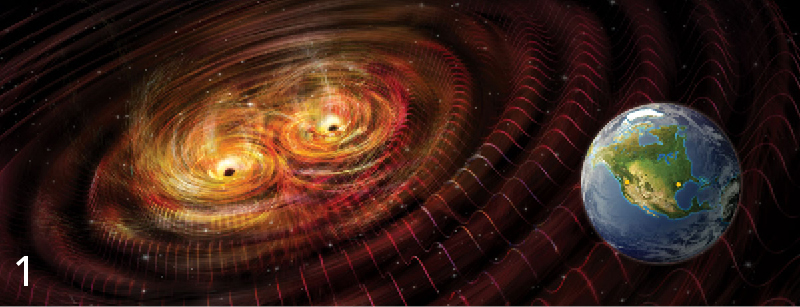 Detecting the First Gravitational Waves
Detecting the First Gravitational Waves
In 1916, Albert Einstein proposed that when objects with enough mass accelerate, they can sometimes create waves that move through the fabric of space and time like ripples on a pond’s surface. Though Einstein later doubted their existence, these spacetime wrinkles—called gravitational waves—are a key prediction of relativity, and the search for them captivated researchers for decades. Though compelling hints of the waves first emerged in the 1970s, nobody directly detected them until 2015, when the U.S.-based observatory LIGO felt the aftershock of a distant collision between two black holes. The discovery, announced in 2016, opened up a new way to “hear” the cosmos.
In 2017, LIGO and the European observatory Virgo felt another set of tremors, this time made when two ultra-dense objects called neutron stars collided. Telescopes around the world saw the related explosion, making the event the first ever observed in both light and gravitational waves. The landmark data have given scientists an unprecedented look at how gravity works and how elements such as gold and silver form.
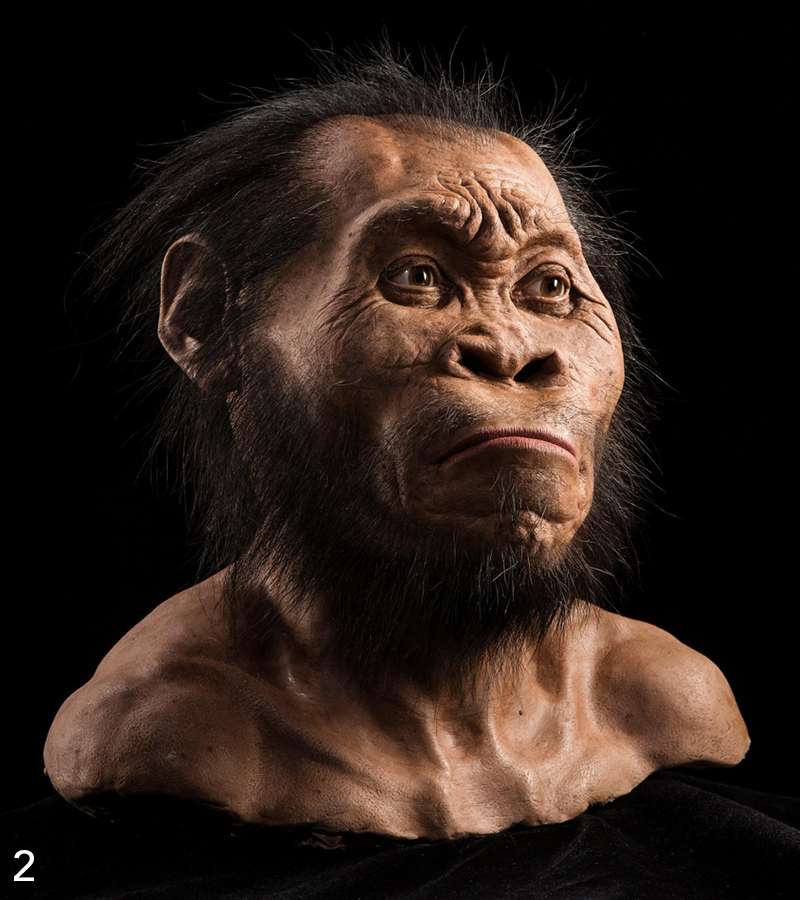
Shaking up the Human Family Tree
While primitive in some respects, the face, skull, and teeth show enough modern features to justify H. naledi’s placement in the genus Homo. Artist John Gurche spent some 700 hours reconstructing the head from bone scans, using bear fur for hair. The decade has seen numerous advances in understanding our complex origin story, including new dates on known fossils, spectacularly complete fossil skulls, and the addition of multiple new branches. In 2010, National Geographic explorer-at-large Lee Berger unveiled a distant ancestor named Australopithecus sediba. Five years later, he announced that South Africa’s Cradle of Humankind cave system contained fossils of a new species: Homo naledi, a hominin whose “mosaic” anatomy resembles that of both modern humans and far more ancient cousins. A follow-up study also showed that H. naledi is surprisingly young, living at least between 236,000 and 335,000 years ago.
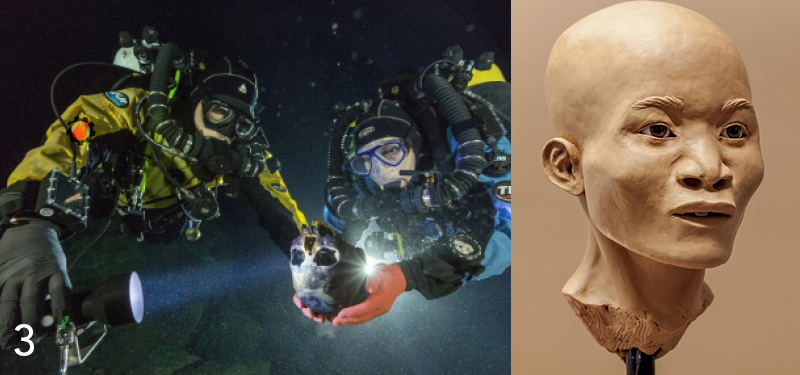
Revolutionizing the Study of Ancient DNA
As DNA sequencing technologies have improved exponentially, the past decade has seen huge leaps in understanding how our genetic past shapes modern humans. In 2010, researchers published the first near-complete genome from an ancient Homo sapiens, kicking off a revolutionary decade in the study of our ancestors’ DNA. Since then, more than 3,000 ancient genomes have been sequenced, including the DNA of Naia, a girl who died in what is now Mexico 13,000 years ago. Her remains are among the oldest intact human skeletons ever found in the Americas. Also in 2010, researchers announced the first draft of a Neanderthal genome, providing the first solid genetic evidence that one to four percent of all modern non-Africans’ DNA comes from these close relatives.
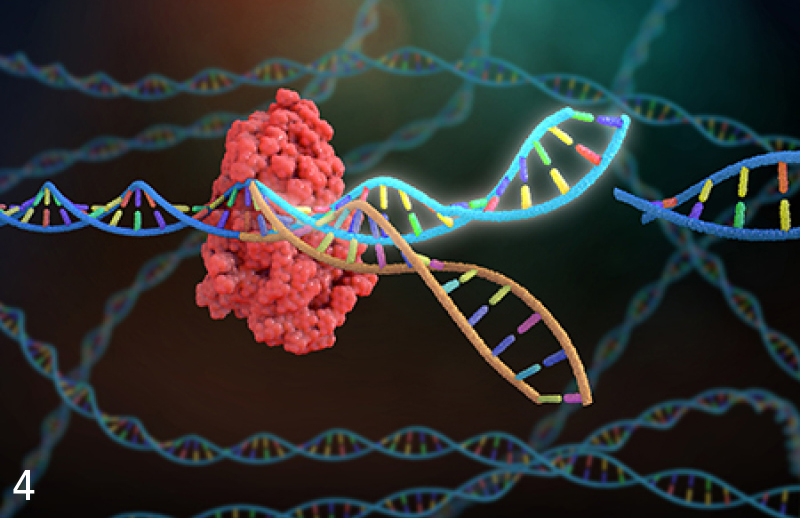
CRISPR
The 2010s marked huge advances in our ability to precisely edit DNA, in large part thanks to the identification of the Crispr-Cas9 system. Some bacteria naturally use Crispr-Cas9 as an immune system, since it lets them store snippets of viral DNA, recognize any future matching virus, and then cut the virus’s DNA to ribbons. In 2012, researchers proposed that Crispr-Cas9 could be used as a powerful genetic editing tool, since it precisely cuts DNA in ways that scientists can easily customize. Within months, other teams confirmed that the technique worked on human DNA. Ever since, labs all over the world have raced to identify similar systems, to modify Crispr-Cas9 to make it even more precise, and to experiment with its applications in agriculture and medicine.
While Crispr-Cas9’s possible benefits are huge, the ethical quandaries it poses are also staggering. To the horror of the global medical community, Chinese researcher He Jiankui announced in 2018 the birth of two girls whose genomes he had edited with Crispr, the first humans born with heritable edits to their DNA. The announcement sparked calls for a global moratorium on heritable “germline” edits in humans.
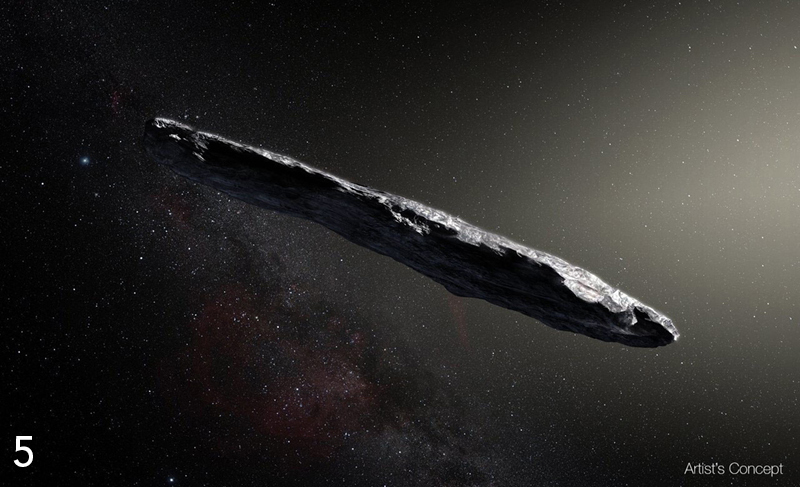
Making Interstellar Firsts
Future historians might look back on the 2010s as the interstellar decade: For the first time, our spacecraft punctured the veil between the sun and interstellar space, and we got our first visits from objects that formed around distant stars. In August 2012, NASA’s Voyager 1 probe crossed the outer boundary of the heliosphere, the bubble of charged particles our sun gives off. Voyager 2 joined its twin in the interstellar medium in November 2018 and captured groundbreaking data along the way. But the interstellar road is a two-way street. In October 2017, astronomers found ‘Oumuamua, the first object ever detected that formed in another star system and passed through ours. In August 2019, amateur astronomer Gennady Borisov found the second such interstellar interloper, a highly active comet that now bears his name.
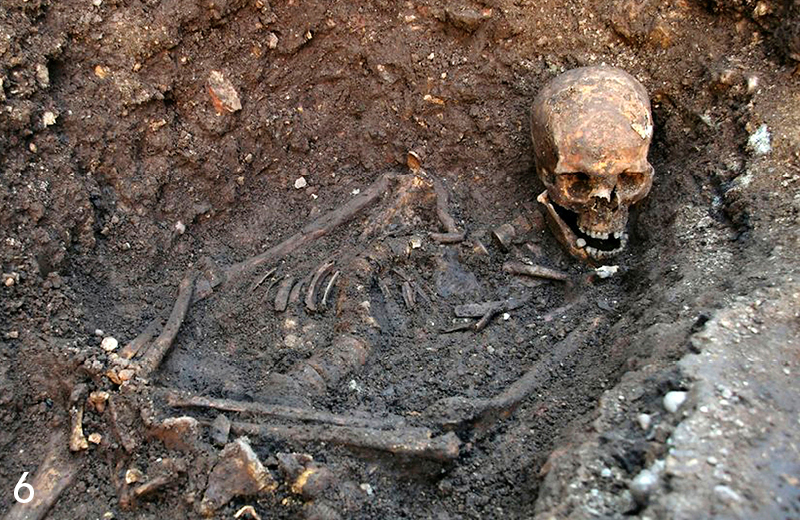
Opening doors to Ancient Civilizations
Archaeologists made many extraordinary discoveries in the 2010s. In 2013, British researchers finally found the body of King Richard III—beneath what’s now a parking lot. In 2014, researchers announced that Peru’s Castillo de Huarmey temple complex still had an untouched royal tomb. In 2016, archaeologists revealed the first Philistine cemetery, offering an unprecedented window into the lives of the Hebrew Bible’s most notorious, enigmatic people. The following year, researchers announced that Jerusalem’s Church of the Holy Sepulchre dates back more than 1,700 years to Rome’s first Christian emperor, appearing to confirm that it’s built on the site identified by Rome as the burial place of Christ. And in 2018, teams working in Peru announced the largest mass child sacrifice site ever uncovered, while other scientists scouring Guatemala detected more than 60,000 newly identified ancient Maya buildings with airborne lasers.

Changing the Course of Disease
In response to the 2014-2016 Ebola outbreak in West Africa, public health officials and the pharmaceutical company Merck fast-tracked rVSV-ZEBOV, an experimental Ebola vaccine. After a highly successful field trial in 2015, European officials approved the vaccine in 2019—a milestone in the fight against the deadly disease. Several landmark studies also opened new avenues to preventing the spread of HIV. A 2011 trial showed that preventatively taking antiretroviral drugs greatly reduced the spread of HIV among heterosexual couples, a finding confirmed in follow-up studies that included same-sex couples.

Pushing Reproductive Limits
In 2016, clinicians announced the birth of a “three-parent baby” grown from the father’s sperm, the mother’s cell nucleus, and a third donor’s egg that had its nucleus removed. The therapy—which remains ethically controversial—aims to correct for disorders in the mother’s mitochondria. One 2018 study made precursors of human sperm or eggs out of reprogrammed skin and blood cells, while another showed that gene editing could let two same-sex mice conceive pups. And in 2018, Chinese scientists announced the birth of two cloned macaques, the first time that a primate had ever been cloned like Dolly the sheep. Though researchers avow that the technique won’t be used on humans, it’s possible that it could work with other primates, including us.
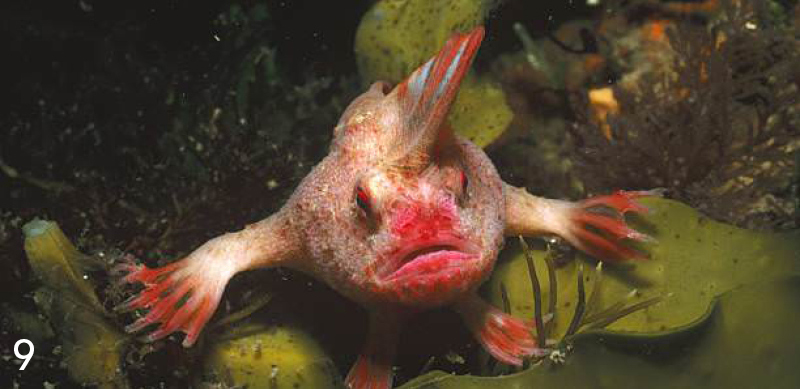
Discovering—and Rediscovering—Species
Modern biologists are identifying new species at a blistering pace, naming 18,000 new species a year on average. In the past decade, scientists described several charismatic mammal species for the first time, such as the Myanmar snub-nosed monkey, the Vangunu giant rat, and the olinguito, the first newfound carnivore in the Western Hemisphere since the late 1970s. The ranks of other animals groups also swelled, as scientists described newfound fish with “hands,” tiny frogs smaller than a dime, a giant Florida salamander, and many others. In addition, some animals, such as Vietnam’s saola and China’s Ili pika, were spotted once again after having gone missing for years.

Redefining the Units of Science
To understand the natural world, scientists must measure it—but how do we define our units? Over the decades, scientists have gradually redefined classic units in terms of universal constants, such as using the speed of light to help define the length of a meter. But the scientific unit of mass, the kilogram, remained pegged to “Le Grand K,” a metallic cylinder stored at a facility in France. If that ingot’s mass varied for whatever reason, scientists would have to recalibrate their instruments. No more: In 2019, scientists agreed to adopt a new kilogram definition based on a fundamental factor in physics called Planck’s constant and the improved definitions for the units of electrical current, temperature, and the number of particles in a given substance. For the first time ever, all our scientific units now stem from universal constants—ensuring a more accurate era of measurement.
You can nerd-out the nerdiest of your friends with this cool Planck’s Constant t-shirt! Get it HERE. Also makes for a darn nice Christmas gift for that special geek in your life.
.
.
.



Leave a Reply
Want to join the discussion?Feel free to contribute!